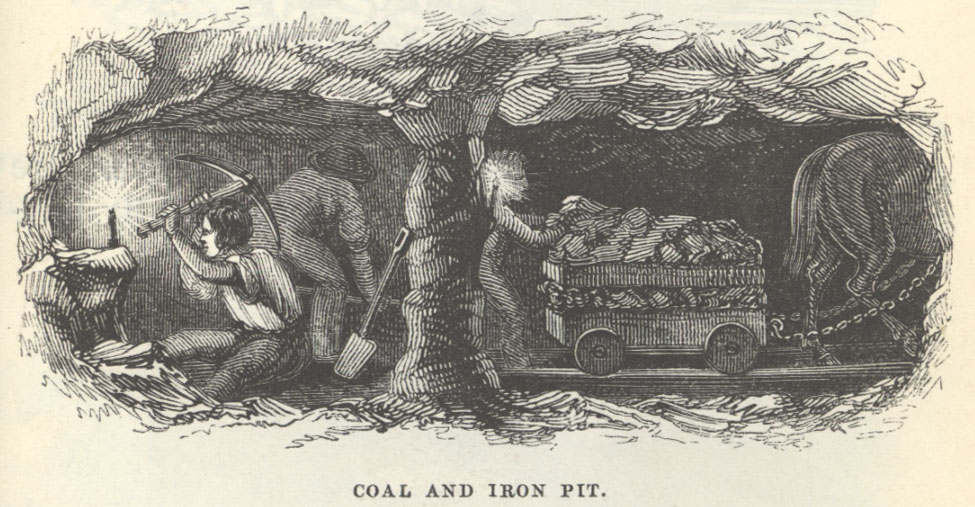Edge-Hill: a Poem, in four Books
Image: Coal and Iron Pit. The Useful Arts and Manufacturers of Great Britain of Great Britain Vol. 2 (London, SPCK, 1846?)
Image from: Science, Technology and Management, Birmingham Central Library
…… the dusky heath /… no … / …waving woods adorn
Its dreary surface, yet it bears, within,
A richer treasury. ……
Here many a merchant turns adventurer, ……
Hence are the hungry fed, the naked cloath’d,
The wintry damps dispell’d, and social mirth
Exults, and glows before the blazing hearth. (pages 94-95)7
Written by Richard Jago, author also of Labour and Genius this long and wide-ranging poem, first published in 1767, takes an extensive view of areas visible (or visible in imagination) from Edge-Hill, site of a Civil War battle. There are several pages on aspects of Birmingham and the surrounding region. While much of it is descriptive, it is also philosophical, and includes some social comment.
In the above lines, beneath ‘the dusky heath’, which is near to Birmingham, the treasure is coal. The mine-owner employs men in mining. Indirectly the coal provides food and clothing for the poor; directly, it warms and cheers the domestic hearth. But then follows a description of the dangerous and sometimes fatal conditions the miners must endure. This description is more grim than that in A Letter from a Mechanick and the perspective is very different from that expressed in Anna Seward’s Colebrook Dale.
For light relief the scene then changes to the green parishes of Edgbaston and Aston, where the urban workers from adjoining Birmingham (‘Queen of the sounding anvil’) are permitted to wander for rural relaxation. They should, however, be warned ‘Not to molest these peaceful solitudes’.
The next change is to the ‘noise, and hurry all’ of Birmingham, where the ‘Cyclopean chief’ and his ‘lusty fellows’ pursue the work of transforming iron, with the aid of coal, into a multitude of objects. And so the poem continues …
7 Richard Jago, Edge-Hill, a Poem, in four Books, pages 1-140, Poems, Moral and Descriptive, J. Dodsley, London, 1784.
« Previous in this sectionNext in this section »Continue browsing this section
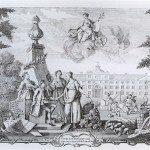 Poetry and the Industrial Revolution in the West Midlands c. 1730-1800
Poetry and the Industrial Revolution in the West Midlands c. 1730-1800
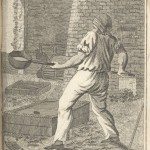 The Cyclops: Addressed to the Birmingham Artisans, Anonymous
The Cyclops: Addressed to the Birmingham Artisans, Anonymous
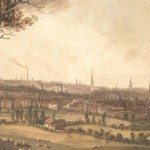 A Letter from a Mechanick in the busy Town of Birmingham, to Mr. Stayner, a Carver, Statuary, and Architect, in the sleepy Corporation of Warwick
A Letter from a Mechanick in the busy Town of Birmingham, to Mr. Stayner, a Carver, Statuary, and Architect, in the sleepy Corporation of Warwick
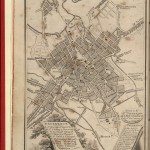 Answer to Dardanus’s
Answer to Dardanus’s
 Industry and Genius; or, the Origin of Birmingham. A Fable
Industry and Genius; or, the Origin of Birmingham. A Fable
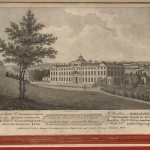 Labour and Genius: or, the Mill-stream, and the Cascade. A Fable
Labour and Genius: or, the Mill-stream, and the Cascade. A Fable
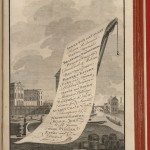 Inland Navigation, An Ode. Humbly Inscribed to The Inhabitants of Birmingham, And Proprietors of the Canal
Inland Navigation, An Ode. Humbly Inscribed to The Inhabitants of Birmingham, And Proprietors of the Canal
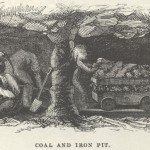 Edge-Hill: a Poem, in four Books
Edge-Hill: a Poem, in four Books
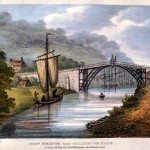 Colebrook Dale
Colebrook Dale
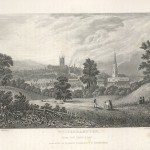 The Life and Lucubrations of Crispinus Scriblerus
The Life and Lucubrations of Crispinus Scriblerus
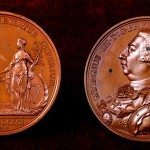 The Botanic Garden, Erasmus Darwin
The Botanic Garden, Erasmus Darwin
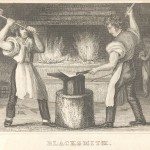 Ramble of the Gods through Birmingham. A Tale, James Bisset
Ramble of the Gods through Birmingham. A Tale, James Bisset
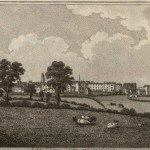 Rural Happiness. To a Friend and Moonlight: in the Country
Rural Happiness. To a Friend and Moonlight: in the Country



